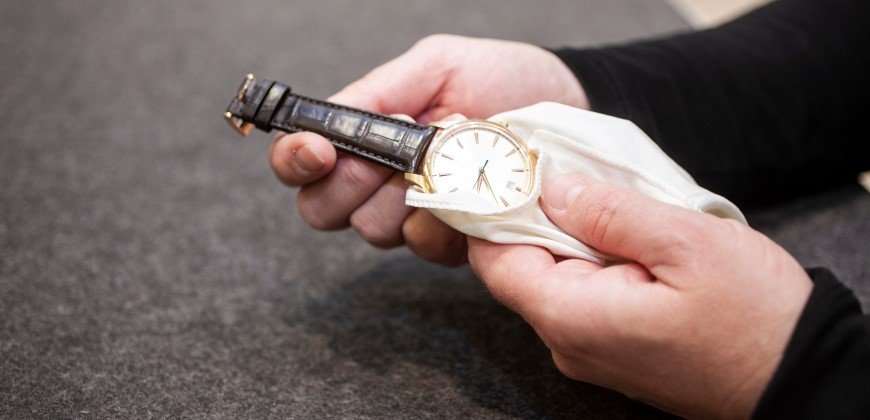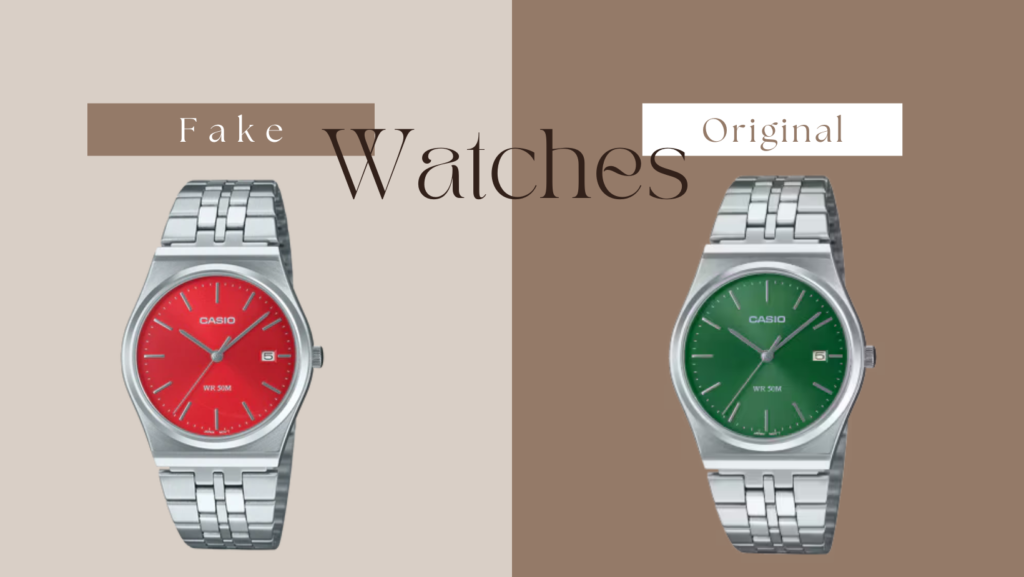
The Heart of a Watch: Understanding Movements
Picture this: You’re strolling through a luxury watch boutique, admiring the gleam of finely crafted timepieces. You pick up one that catches your eye, but as you read the details, you see words like “Quartz,” “Mechanical,” and “Automatic.” What do they mean?
The movement of a watch, also known as its caliber, is essentially its heartbeat—the mechanism that keeps it ticking. There are three main types:
- Quartz Movement: The most common and practical, quartz watches are powered by a battery and a tiny piece of quartz crystal. They are accurate, low-maintenance, and ideal for people who prefer a reliable, fuss-free timepiece. Imagine a busy professional who needs precision without the hassle of winding their watch every day—quartz is their best friend.
- Mechanical Movement: This is where true watch craftsmanship shines. Mechanical watches require manual winding and operate through a complex system of gears and springs. Picture a vintage collector who cherishes the ritual of winding their watch each morning, appreciating the artistry behind every tick.
- Automatic Movement: A subset of mechanical watches, these wind themselves through the motion of the wearer’s wrist. It’s perfect for those who love the charm of mechanical watches but prefer the convenience of self-winding technology. If you wear your watch daily, an automatic piece will keep ticking effortlessly.
Choosing the right movement depends on your lifestyle. If you need precision with no maintenance, quartz is your best bet. If you want a timeless piece that reflects craftsmanship, go for mechanical. For those who want elegance with convenience, automatic is the way to go.
Quartz vs. Mechanical: Which One is for You?
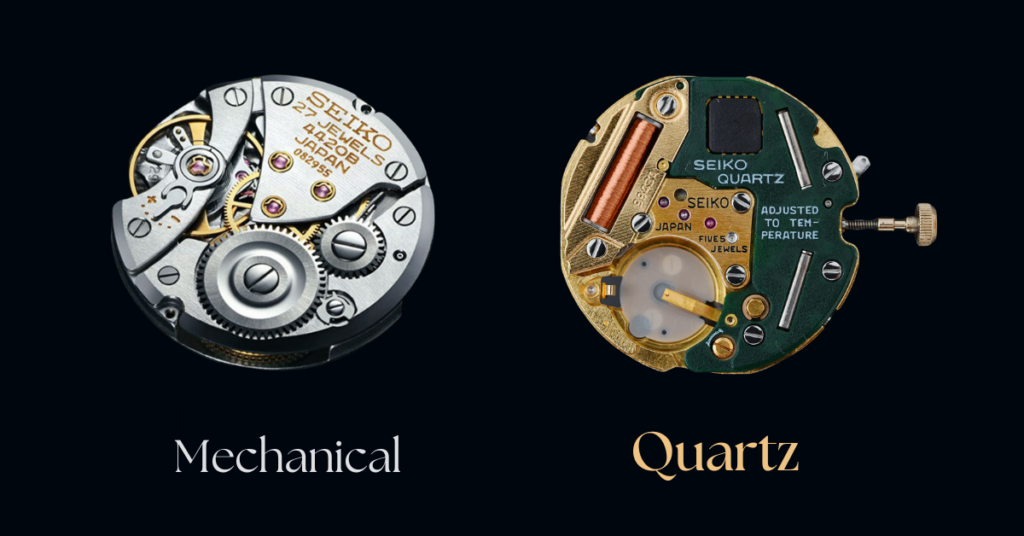
Let’s say you’re choosing between a sleek quartz model and a sophisticated mechanical timepiece. Here’s what you should consider:
- Quartz watches are perfect for practicality and everyday wear. They’re low-maintenance, making them ideal for those who work manual jobs or simply don’t want to worry about their watch stopping.
- Mechanical watches, on the other hand, appeal to those who appreciate craftsmanship. They have a sweeping second hand rather than the ticking motion of quartz, adding to their luxurious appeal.
- Automatic watches provide the best of both worlds—they’re mechanical but don’t need daily winding, as long as they’re worn regularly.
If you primarily use your smartphone for checking the time, a mechanical watch could serve more as a stylish accessory than a necessity. Keep in mind that mechanical watches generally come with a higher price tag due to their intricate production process.
The Materials That Make a Watch
A watch’s durability and aesthetics heavily depend on the materials used in its construction. Let’s break it down:
- Case Materials: The case houses the movement and defines the watch’s look. Lower-end watches use resin, brass, or zinc alloy, which are less durable. Mid-range watches often use 316L stainless steel, known for its corrosion resistance.
- Crystal Types: The crystal protects the watch dial. Options include acrylic (prone to scratches but inexpensive), mineral glass (more resistant to scratches), and sapphire crystal (the most scratch-resistant and desirable option).
Choosing the right materials ensures your watch maintains its beauty and durability over time.
Water Resistance: What You Need to Know
Ever wondered if your watch can handle a dive into the pool? Water resistance is measured in ATM, bar, or meters:
- 30 meters (3 bar): Resistant to splashes but not suitable for swimming.
- 50 meters (5 bar): Okay for light swimming but not diving.
- 100 meters (10 bar): Suitable for swimming and water sports.
If you lead an active lifestyle, opt for a watch with at least 100 meters of water resistance. But remember—manufacturers often test water resistance in ideal conditions, so real-world durability can vary.
Sizing & Style: Finding the Perfect Fit
Ever worn a watch that felt too bulky or too dainty? The right size makes all the difference. Here’s what to consider:
- Case Diameter:
- Women’s watches: Usually 36mm or less.
- Men’s watches: Typically range from 37mm to 45mm.
- For an average wrist, 37mm to 42mm is ideal.
- Thickness: While less crucial, a thick watch should complement its overall design for a balanced look.
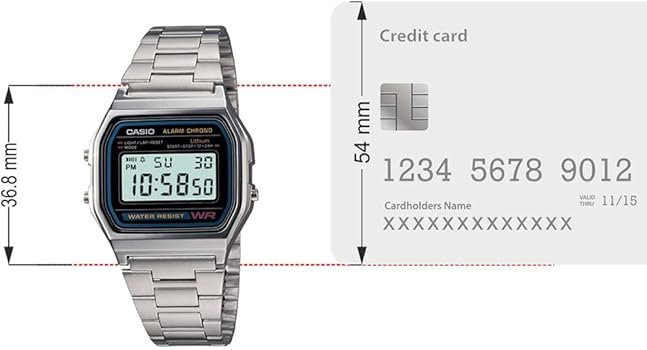
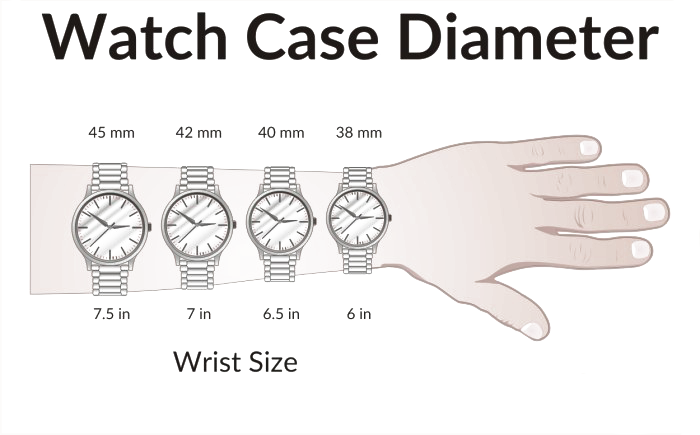
Exploring Popular Watch Styles
Watches come in various styles to match different personalities and needs:
- Retro Digital Watches: Affordable and versatile, perfect for those who love a nostalgic touch.
- Dive Watches: Known for durability and water resistance, ideal for adventurers and sports lovers.
- Chronographs: Stylish and functional with stopwatch features, great for those who appreciate intricate dials.
Whether you’re after a bold statement piece or a minimalist classic, there’s a style for everyone.
Choosing the Right Brand: Quality Over Hype
When shopping for a watch, avoid brands heavily promoted by influencers without a strong history in watchmaking. Instead, look for reputable brands known for their craftsmanship. Some recommendations:
- Casio & Seiko (Japan): Reliable, durable, and reasonably priced.
- Swiss Brands (Tissot): Prestigious, with unparalleled craftsmanship.
- Luxury Brands: If investing in a high-end timepiece, buy from authorized dealers to ensure authenticity and warranty protection.

How Much Should You Spend on a Watch?
A good watch doesn’t have to break the bank. Here’s a general pricing guide:

- Budget-friendly options (~AED 275): Basic but durable quartz watches, often from brands like Casio.
- Mid-range watches (AED 700–1150): A sweet spot for quality and affordability.
- Luxury watches (AED 4600+): Beyond this point, you’re often paying for branding rather than a significant improvement in quality.
The best watch is one that fits your budget, lifestyle, and personal style. Whether you’re drawn to the precision of quartz, the craftsmanship of mechanical movements, or the convenience of an automatic, there’s a perfect timepiece out there for you.
So, next time you strap on a watch, remember—you’re not just checking the time. You’re wearing a piece of history, craftsmanship, and personal expression on your wrist.

